Summary
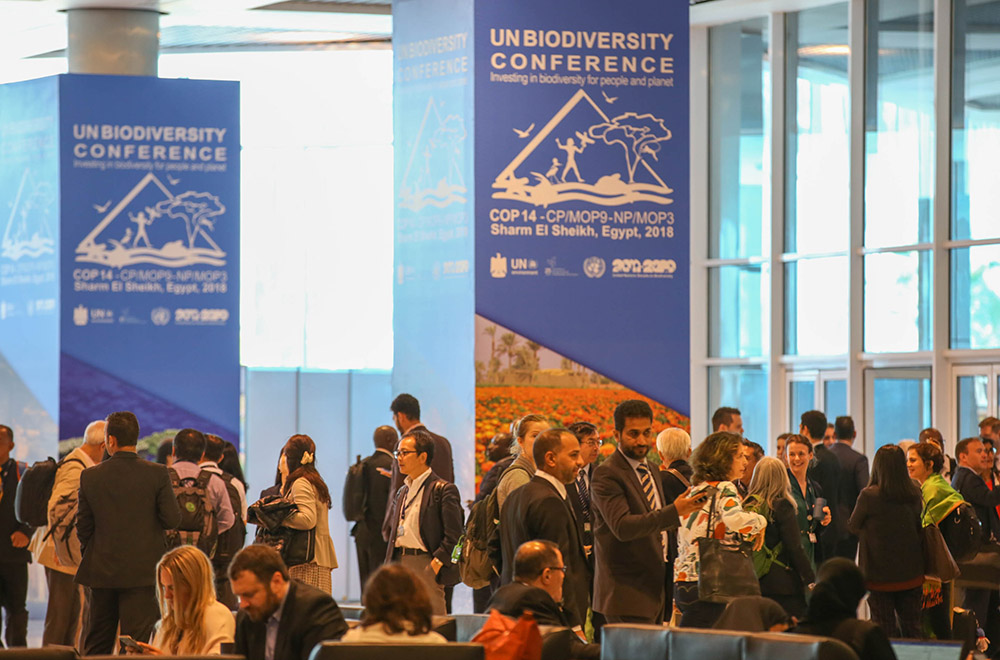
The following events were covered by IISD Reporting Services on Saturday, 17 November 2018:
- Implementing the Four-year Framework of Programme Priorities of the CBD through the Global Environment Facility (GEF) 7th Replenishment Period (GEF-7) Programming Directions
- Socio-Ecological Production Landscapes and Seascapes for Biodiversity and Livelihood: Roles in Post-2020 Global Biodiversity Framework
- ABS is Genetic Resources for Sustainable Development
Photos by IISD/ENB | Kiara Worth
For photo reprint permissions, please follow instructions at our Attribution Regulations for Meeting Photo Usage Page
Implementing the Four-year Framework of Programme Priorities of the CBD through the Global Environment Facility (GEF) 7th Replenishment Period (GEF-7) Programming Directions
Presented by the GEF
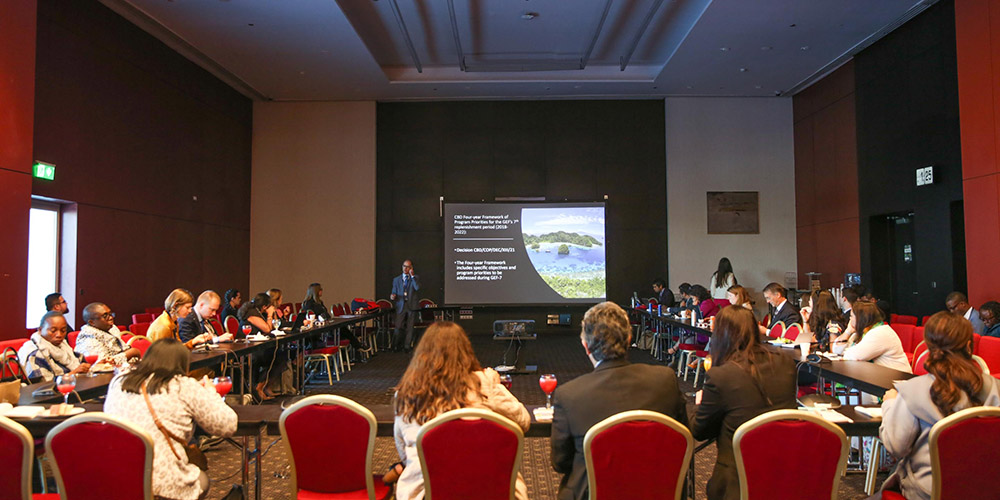
Posted by IISD Reporting Services on Saturday, 17 November 2018
Mark Zimsky, Biodiversity Focal Area Coordinator, GEF Secretariat, introduced the side event, noting that the key objective was to showcase the programming directions for the GEF-7 Replenishment (2018-2022), which has a renewed and strengthened focus on biodiversity mainstreaming, notably within the biodiversity strategy and through a series of impact programmes that allow countries to address underlying drivers of biodiversity loss. He stressed that the set of programming options included in the GEF-7 Replenishment responds directly to the Strategic Plan for Biodiversity 2011-2020. Noting the GEF-7’s Biodiversity Focal Area strategy's goal is to maintain globally significant biodiversity in landscapes and seascapes, he introduced several GEF-7 Impact Programs and Focal Areas, including:
- Biodiversity Focal Area investments, which include mainstreaming biodiversity across key sectors, the Global Wildlife Program, Natural Capital Assessment and Accounting, and the Sustainable Use of Plant and Animal Genetic Resources;
- addressing direct drivers to protect habitats and species, including through strengthening the sustainability of protected area systems, and prevention, control and management of invasive species; and
- further developing biodiversity policy and institutional frameworks, including for biosafety and ABS of genetic resources.
He discussed the GEF-7’s International Waters Focal Area, which strengthens “blue economy” opportunities and improves governance in Areas Beyond National Jurisdiction (ABNJ), and sustainable forest management, which utilizes financial mechanisms and incentives, such as REDD+, and strengthens protected area systems.
Hannah Fairbank, Senior Biodiversity Specialist, GEF Secretariat, presented the GEF-7 Impact Program on Food Systems, Land Use and Restoration that seeks transformational change in global food systems and agriculture to a more sustainable path for nature and humanity. She emphasized that key priorities for GEF financing include: the ability and potential to produce global environmental benefits; spatially-explicit geographies defined on the basis of their global importance for commodities, food production, and the restoration of ecosystem services; and established supply chains. On spatially explicit geographies, she stressed that for landscapes, where food provisioning and ecological systems are integrated, evidence of environmental threat, potential and ability to produce Global Environmental Benefits, and commitment to promote sustainability in the supply chain, in partnership with the private sector, must be demonstrated. She noted that the supply or value chain approach requires engagement of multiple actors across the full spectrum of the food system, linking actors and actions at the national, subnational and jurisdictional scales taking a multi-stakeholder approach. On the mapping of global environmental benefits from the GEF-7 financing for biodiversity, she stressed the need to demonstrate avoided destruction of intact and biodiverse habitat, conserve and sustainably use threatened agrobiodiversity, and the reduction of threats to on- and off-farm biodiversity.
On the GEF-7 Sustainable Forest Management Impact program, Zimsky noted that GEF will support all elements of sustainable forest management in three key biomes that are critical for biodiversity conservation and greenhouse gas emission reductions: the Amazon, Congo Basin and Dryland Landscapes.
Zimsky noted that the Sustainable Cities Impact Program would build on the GEF-6 to scale-up results by: promoting innovative business models for integrated investments; strengthening the Global Platform for Sustainable Cities in bringing experts, financial institutions, and cities together to move towards sustainability; and creating enabling conditions for the consideration of cross-cutting issues on gender and inclusivity. He highlighted opportunities for generating biodiversity benefits with regards to integrated urban and land-use planning to reduce pressures of urbanization on the peri-urban landscapes.
In terms of tracking results from impact programmes and focal areas, he noted that the GEF-7 will depend upon core indicators that have been identified as proxies for biodiversity conditions.
During the wrap-up discussion, participants raised questions, for example, on: how the GEF-7 will support the private sector; the role of research in the GEF-7 strategy; and how the GEF will support species conservation. On support for the private sector, Fairbank noted that the GEF is working with the private sector through partnerships and financing through a non-grant instrument, and that the GEF also works with governments to enhance enabling conditions for private sector investment. Zimsky also stated that applied research is key to addressing knowledge gaps, for example in developing ways that improve the management of protected areas. On species, he stressed that the GEF strategy aims to implement more systematic responses to threats to biodiversity to ensure long-term results, including by addressing underlying drivers, as opposed to direct threats to species. On a question regarding specific investment numbers for the various biodiversity-related focal areas in the GEF-7, Zimsky noted that the overall envelope for biodiversity stands at US$1.2 billion and is the largest portfolio of GEF financing.
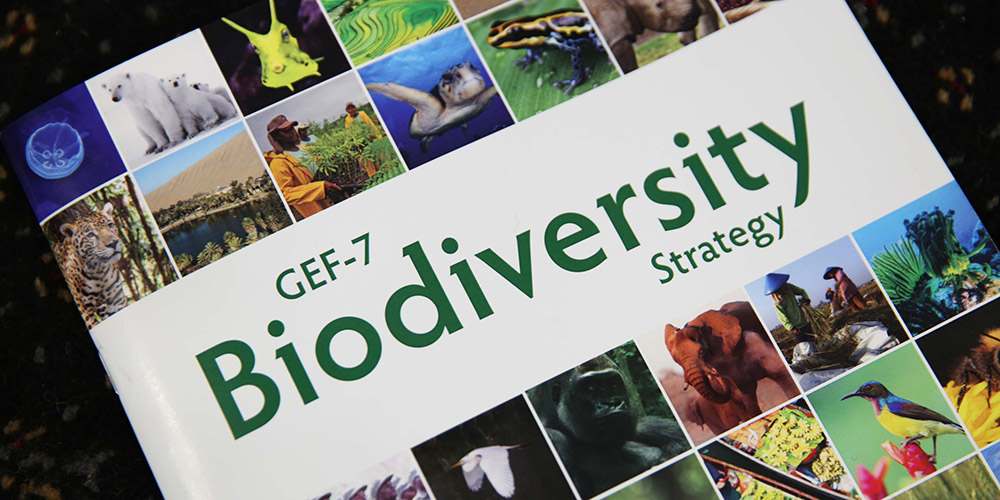
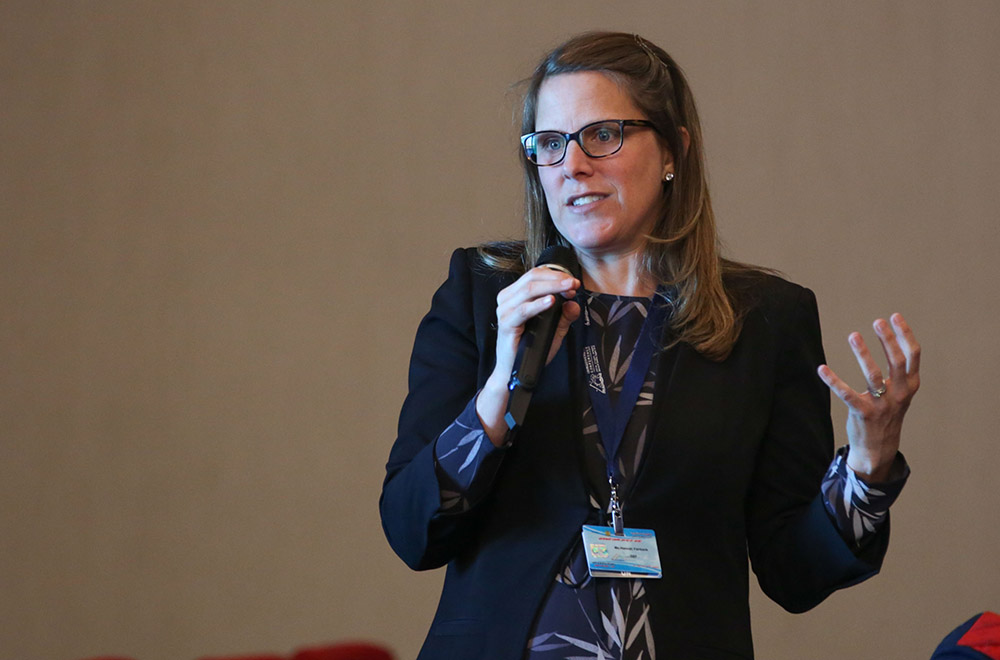
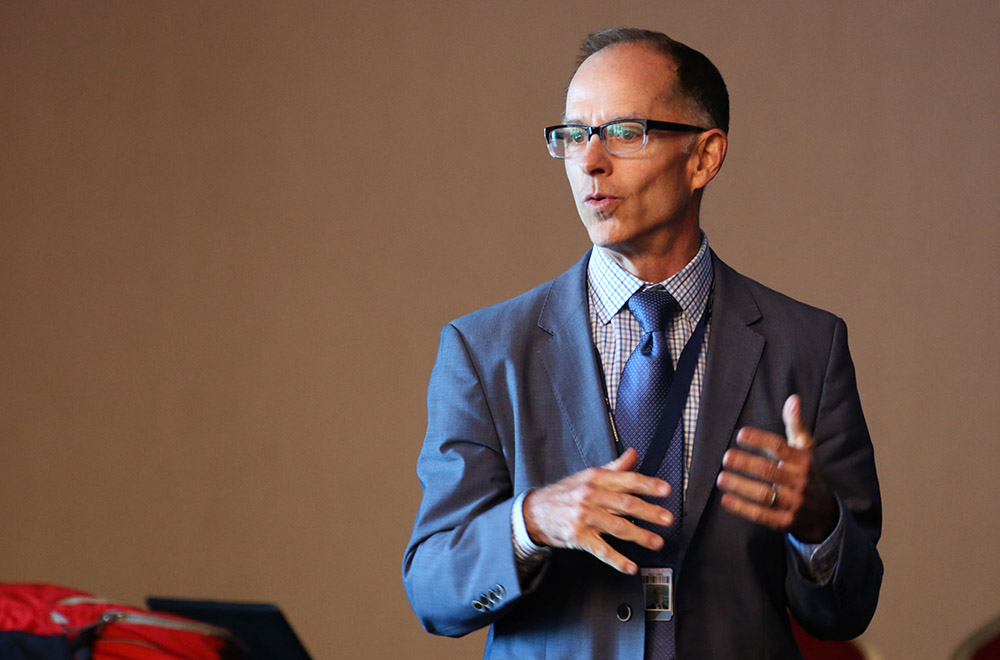

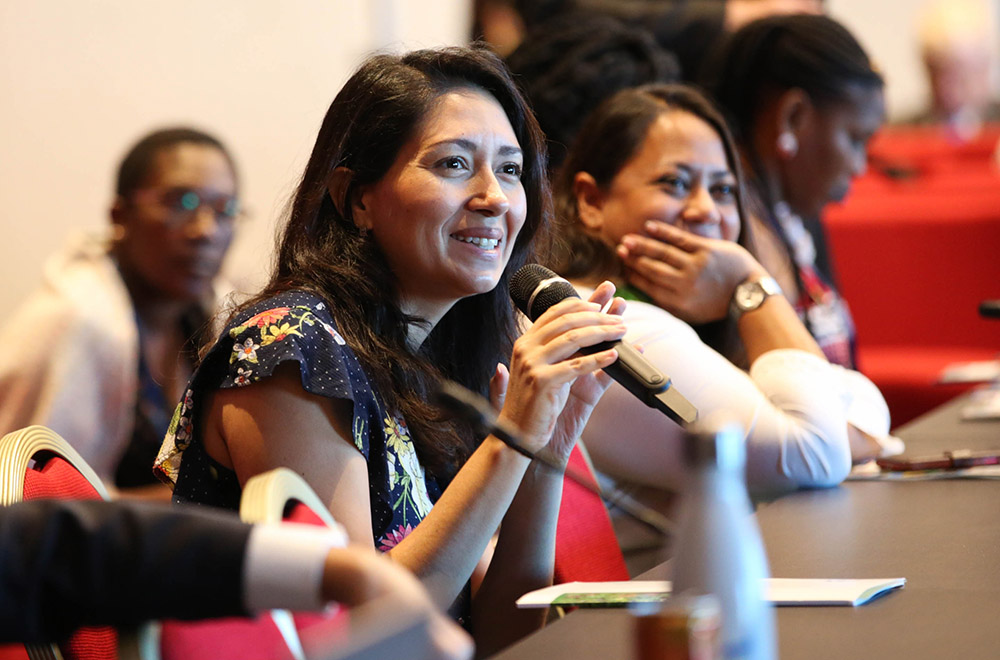
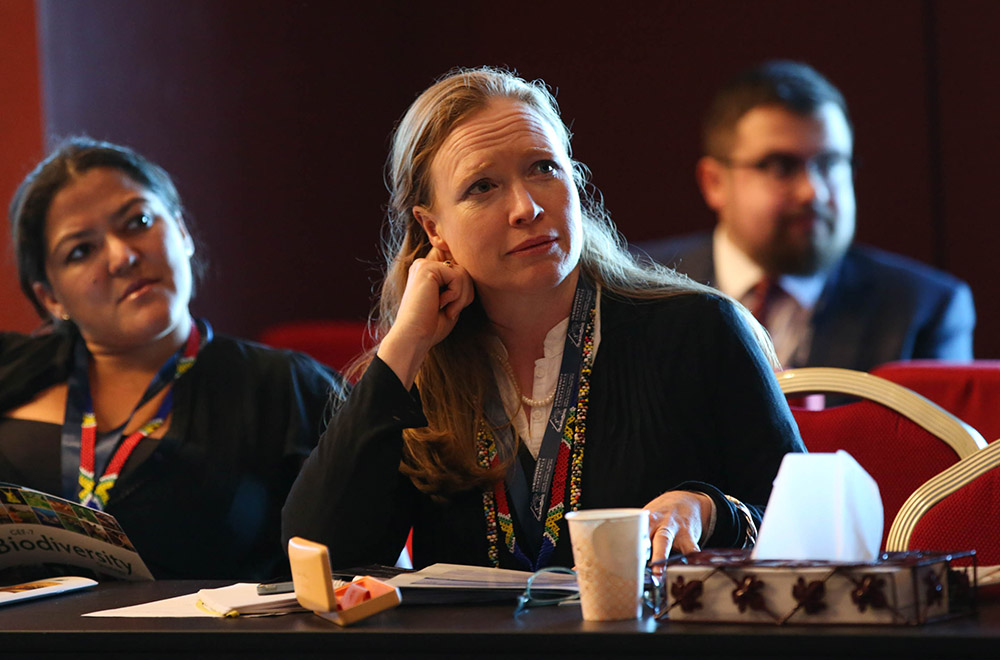

Socio-Ecological Production Landscapes and Seascapes for Biodiversity and Livelihood:
Roles in the Post-2020 Global Biodiversity Framework
Presented by Conservation International Japan and United Nations University Institute for the Advanced Study of Sustainability.
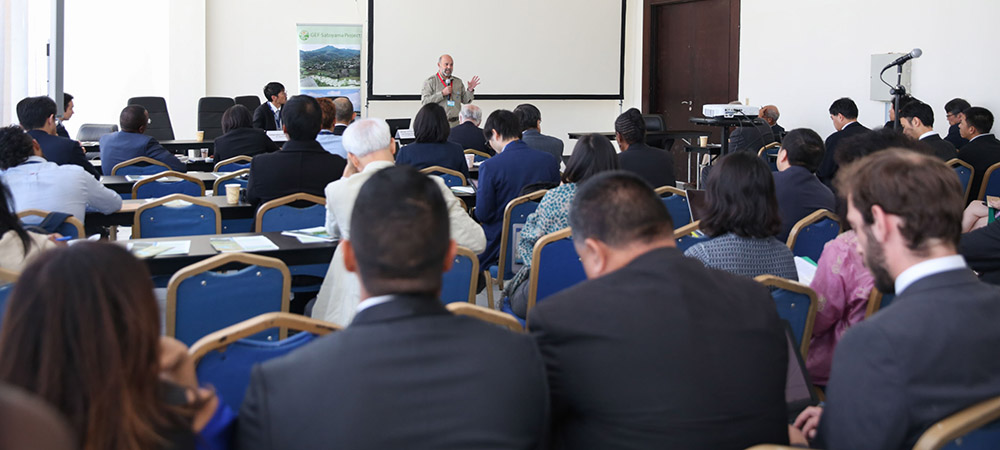
This side event convened to review how activities under the Satoyama Initiative have been contributing to the achievement of the Aichi Biodiversity Targets and the Sustainable Development Goals (SDGs), as well as how Socio-Ecological Production Landscapes and Seascapes (SEPLS) could contribute to the post-2020 global biodiversity framework.
Moderator Yasushi Hibi, Vice-President, Conservation International – Japan, opened the event, stressing that the Global Environment Facility (GEF)-Satoyama Project, targeting three hotspot regions, helps local communities to continue the sustainable use of natural resources and ecosystem services from their landscapes with a view to generating knowledge and successful case studies to share with a broad range of communities.
Carlos Manuel Rodríguez, Minister of Environment and Energy, Costa Rica, welcomed the collaboration between the GEF and the Satoyama Initiative, stating that it will help increase the understanding of integrated management of landscapes and seascapes and safeguard cultural elements that are being lost. He underscored the importance of mainstreaming biodiversity in the agricultural agenda, noting that the agricultural sector invests in activities causing global deforestation 160 times more than what is being invested in biodiversity conservation. He noted the challenge of engaging the agricultural sector due to the misconception that it generates more wealth than conservation practices.
Wataru Suzuki, Global Coordinator of the Japan Biodiversity Fund, on behalf of Cristiana Paşca Palmer, CBD Executive Secretary, stated that the Satoyama Initiative can contribute to biodiversity conservation in ensuring that biodiversity is valued, restored, and wisely used by 2050.
Kazuhiko Takeuchi, President, IGES, noted that he was pleased that the Satoyama Initiative is being recognized by the international community for its potential as a powerful instrument to achieve the Aichi Biodiversity Targets and the SDGs. He stressed that the International Partnership for the Satoyama Initiative (IPSI) has grown in membership with all members equally contributing to the achievement of its objectives through collaborative initiatives around the world.
He expressed the need to integrate environmental issues with forestry and fisheries issues and mentioned that, during the previous CBD COP 13, the Satoyama Initiative was mentioned as essential in mainstreaming biodiversity within and across sectors. He cited the need to create strong links with the SDGs and stressed the importance of maximizing synergies and minimizing tradeoffs between the SDGs and the Aichi Biodiversity Targets. He also stressed that activities of the International Partnership of the Satoyama Initiative (IPSI) contributed directly and indirectly to several Aichi Biodiversity Targets and the SDGs.
Sarah Wyatt, GEF Secretariat, spoke on behalf of Naoko Ishii, GEF CEO and Chairperson, providing information on how the Satoyama Initiative is taken into account in the GEF-7 Replenishment. She stressed that a fundamental transformation of our economic system is urgently needed, noting the importance of landscape approaches, such as those applied by IPSI to achieve societies in harmony with nature. She introduced the Community Development and Knowledge Management for the Satoyama Initiative (COMDEKS) project, which aims to promote sustainable use of natural resources in the landscapes worked in and relied upon by rural communities. She added that livelihoods must be included in discussions about conservation by allowing communities to take ownership of the issues.
During the ensuing discussion, Mohamed Tawfic Ahmed, Suez Canal University, stressed the important role that the Satoyama Initiative plays in Africa, where local knowledge is deeply rooted, adding that it is a “win-win” approach with the hope that the concept will grow and expand.
Yoko Watanabe, COMDEKS and the UN Development Programme, noted the need to demonstrate practical ways of working with communities on the ground and highlighted 200 COMDEK projects over the last eight years. She added that these projects are making a difference in raising the awareness of communities and in taking actions for community-led conservation.
Alfred Oteng-Yeboah, Ghana National Biodiversity Committee, said that the Satoyama Initiative is drawing global attention to the fact that, “if we look at local communities, we can see that they are the embodiment of sustainable use.”
Yoji Natori, Conservation International - Japan, said his organization wants people engaged in similar activities to recognize Satoyama Initiative so that they can access more information, and to continue building on the achievements made under the GEF-Satoyama Project to date.
Panelists raised the issue of scaling up local projects in reconciling conservation with human livelihoods at a global level with Takeuchi underscoring that, for local issues, a global perspective is needed.
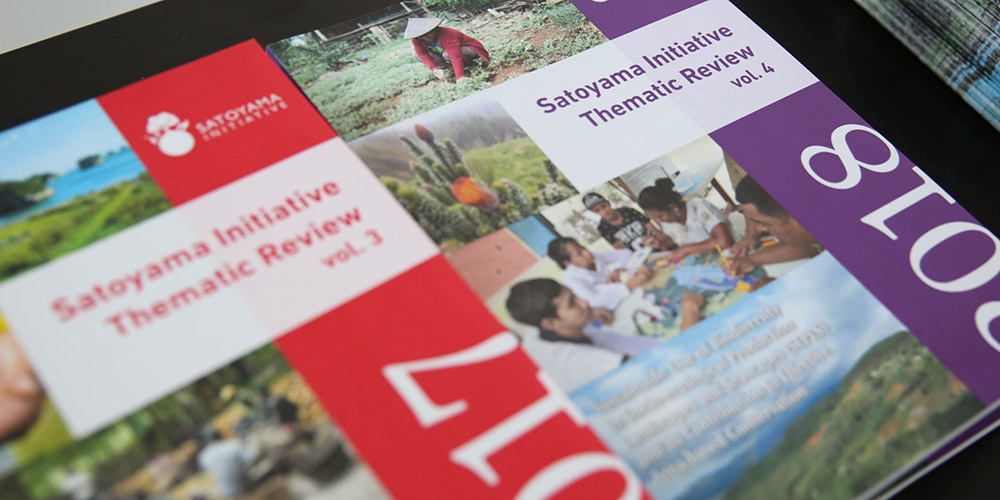
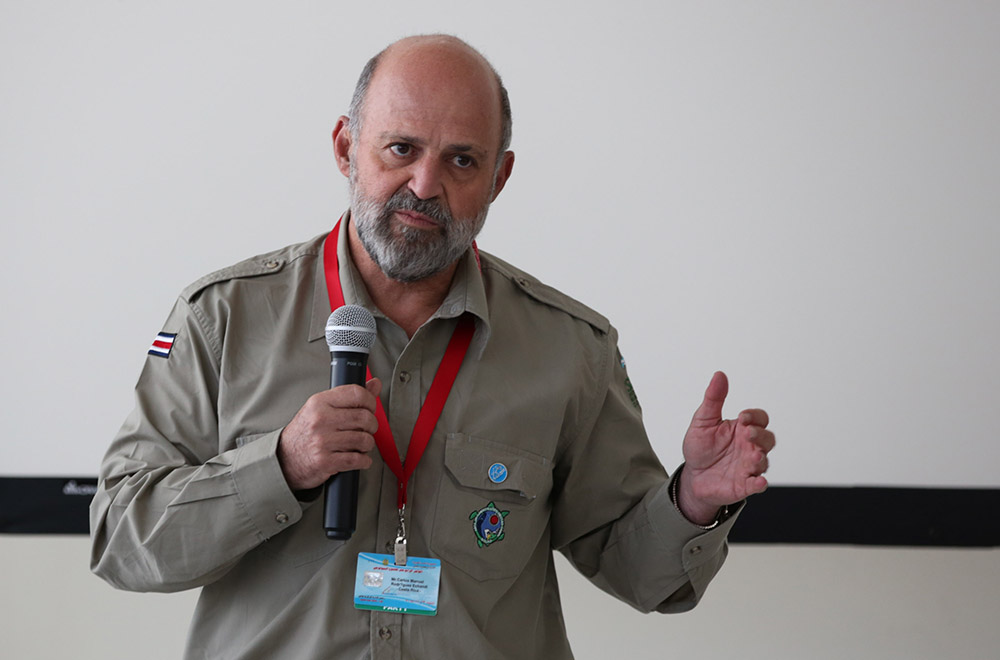
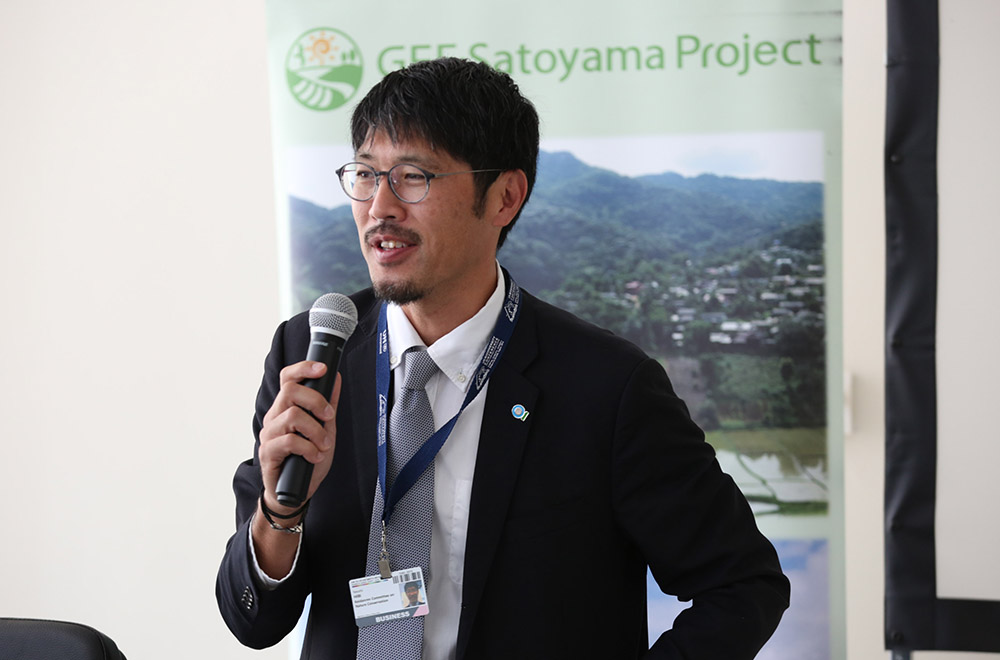
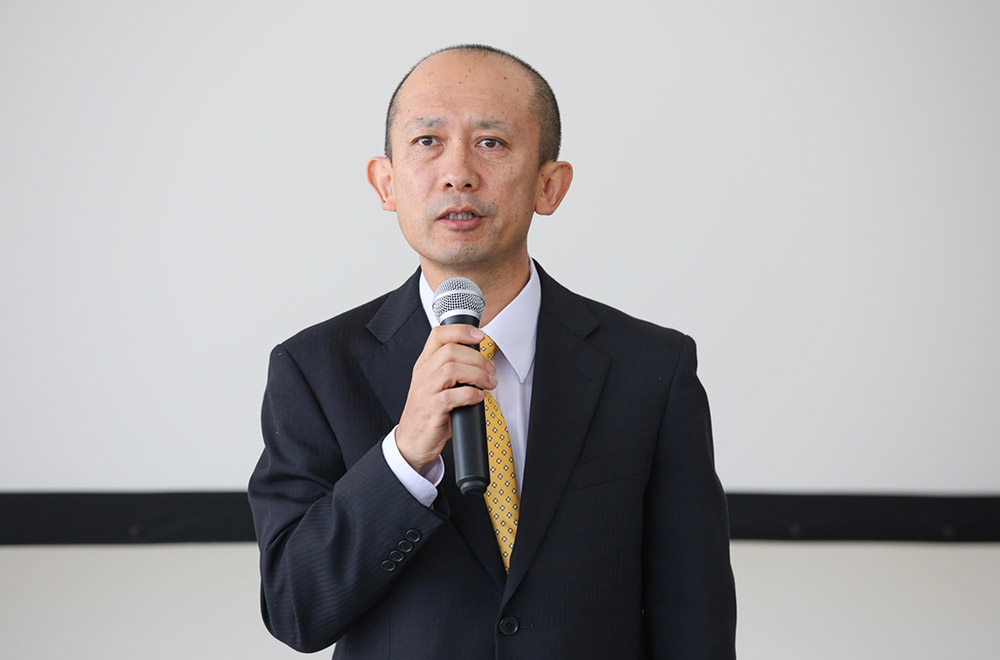
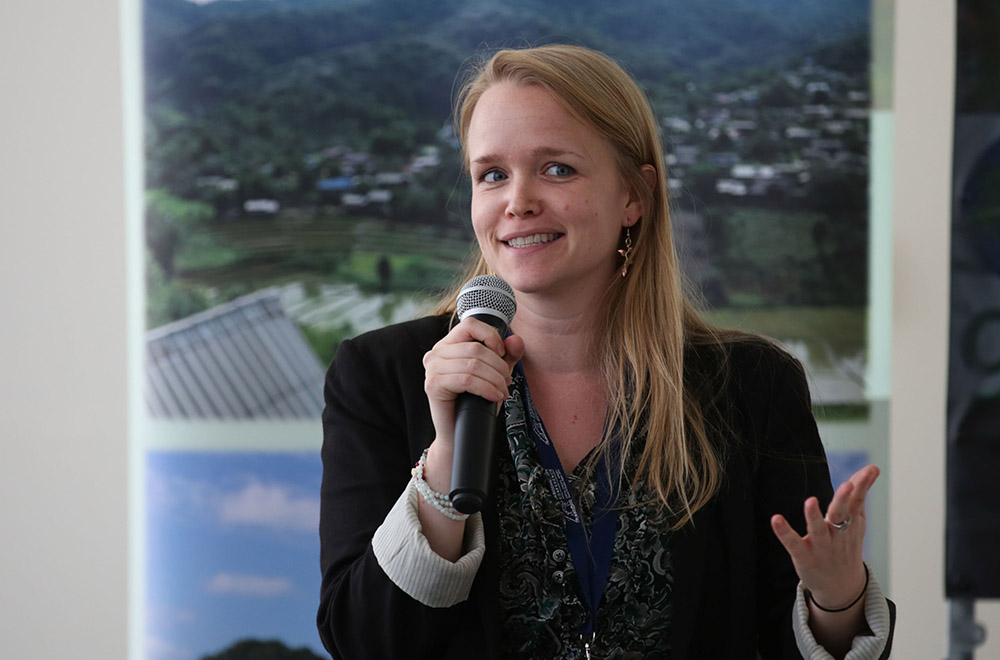

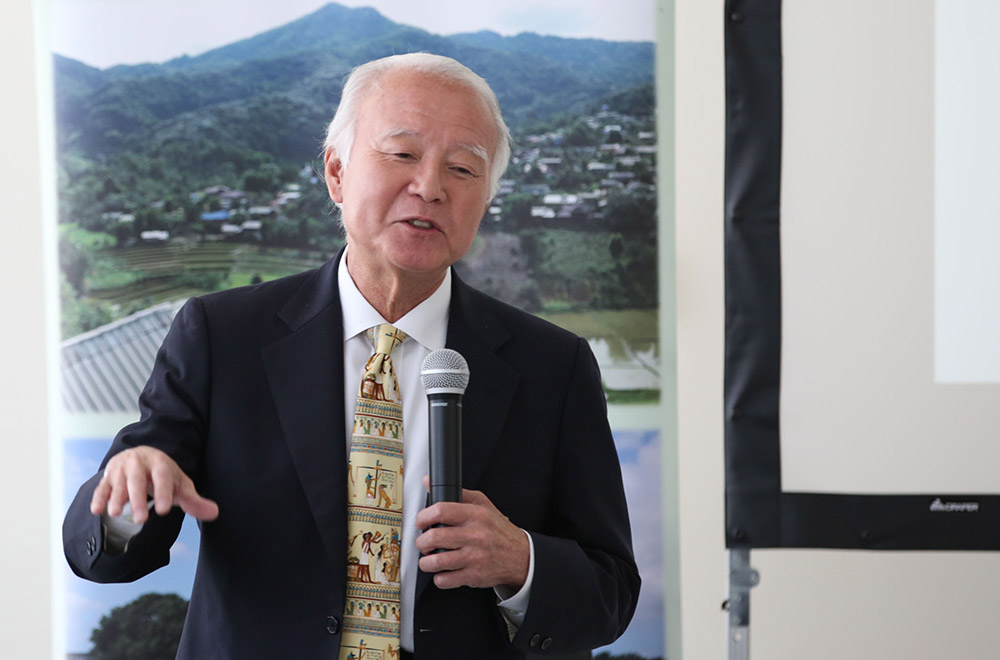
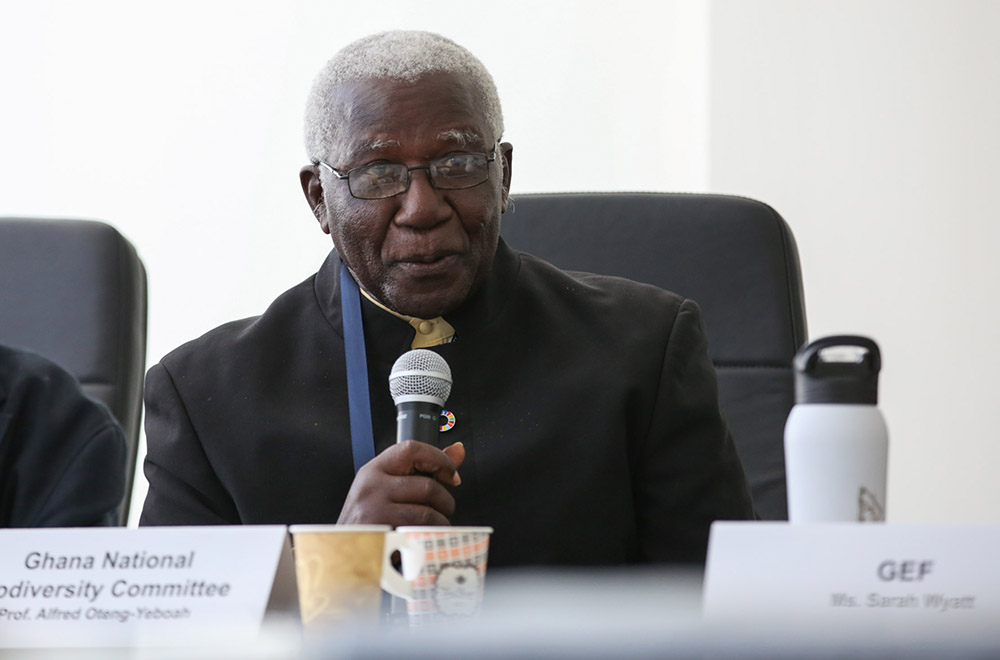
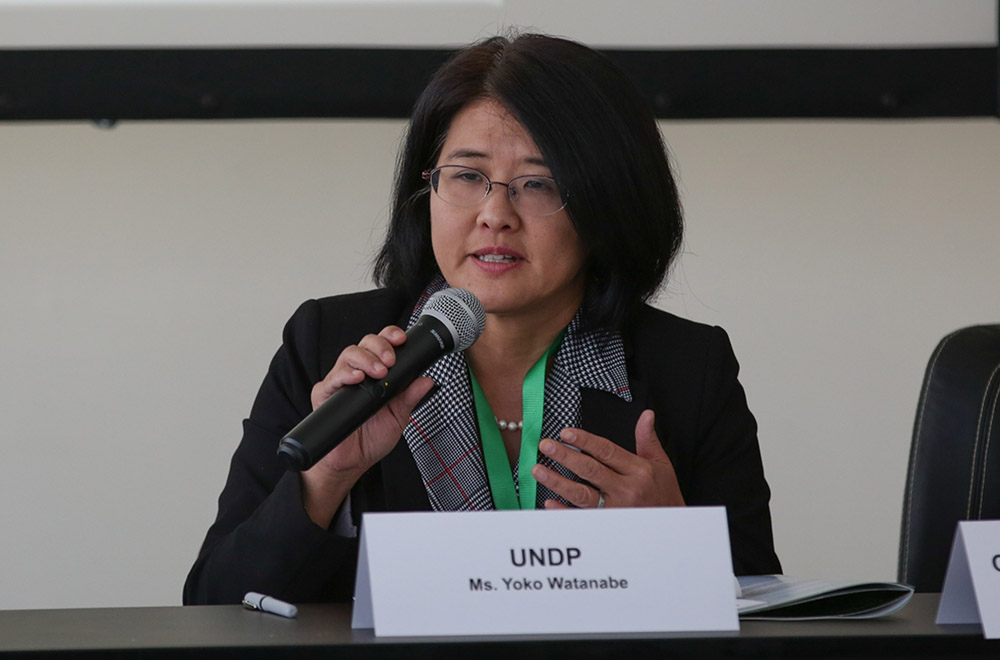
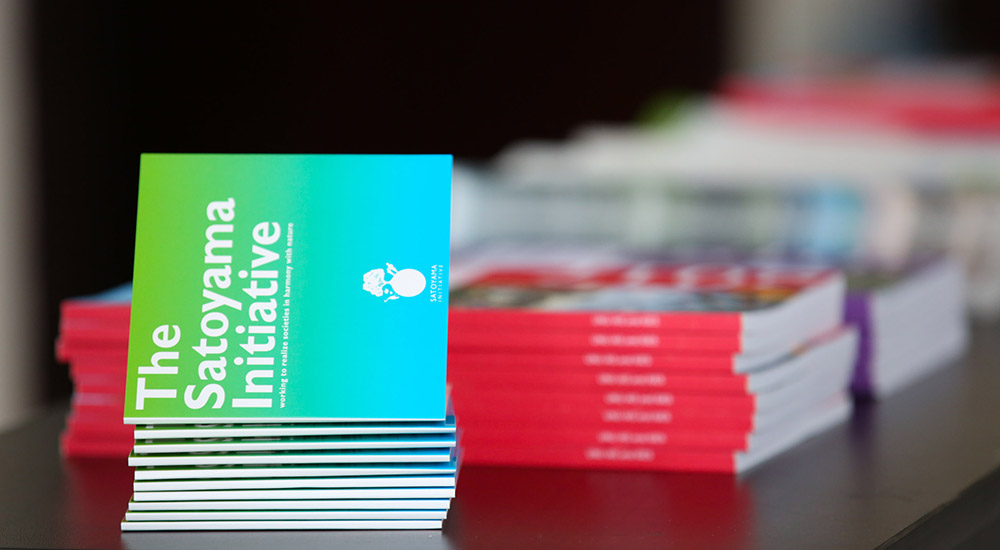
CONTACT
Yoji Natori | ynatori@conservation.org
MORE INFORMATION
ABS is Genetic Resources for Sustainable Development
Presented by the UN Development Programme (UNDP)

This event highlighted the role that access and benefit sharing (ABS) projects have played in accelerating implementation of the 2030 Agenda for Sustainable Development. As one of the key outcomes, the event launched the publication, “ABS is Genetic Resources for Sustainable Development,” a product of the UNDP-GEF Global Access and Benefit-Sharing project. Santiago Carrizosa, UNDP, moderated the event, underscoring that the book is a compilation of 27 biodiscovery stories from 27 countries of how biological and genetic resources have been used to develop innovative products for the pharmaceutical, agriculture, cosmetic and food industries. He explained that this book reveals the power of traditional knowledge, science, technology, and human ingenuity to develop these products. These products are catalyzers of nature-based solutions such as biodiversity conservation and ecosystem restoration processes. He noted that biological and genetic resources are accelerators of the 2030 Agenda for Sustainable Development as they contribute to poverty alleviation, food security, good health, gender equality, technological innovation, life on land and other Sustainable Development Goals.
Alexander Shestakov, CBD Secretariat, said the publication would raise awareness among decision-makers on opportunities regarding monetary and non-monetary benefits from research and innovation related to biological and genetic resources.
Diego Ignacio Moreno, Secretary of Environmental Policy, Climate Change and Sustainable Development of the Ministry of Environment, Argentina, highlighted research by a local agency on the use of nanobodies from guanaco, a wild camelid, against the group A rotavirus, the main viral agent responsible for pediatric diarrhea. He noted that the project has directly contributed to the implementation of SDG Target 15.6, by promoting fair and equitable sharing of benefits from the sustainable use of a wild species and genetic resources.
Aurélie Taylor Patience Dingom, Cameroon ABS Focal Point, discussed a community level capacity development project for successful engagement in ABS value chains. The project, she noted, was aimed at building capacities at national and local levels to develop specific value chains that are compliant with the ABS principles for two medicinal plant species: Echinops giganteus and Mondia whitei. She reported on an agreement between V. Man Fils, a French private company, and the Ministry of Environment, Nature Protection and Sustainable Development, together with the local communities of Magha-Bamumbu and Lewoh in Cameroon, to allow access to local plants for extraction of essential oils for the cosmetic industry.
Safarove Neimatulla, National Centre for Biodiversity and Biosafety, Tajikistan, discussed the implementation of the ABS regime in the “biodiscovery” involving ferula and licorice. He reported that, in the past, his country has been a producer of raw materials due to limited technology for processing. He explained that working with communities has enabled awareness building on ABS to change the situation, including through research on good manufacturing practices and standards.
Discussing “biodiscovery” in Samoa, Seumaloisalafai Afele Faiilagi, Ministry of Natural Resources and Environment, said the forests in his country are an important resource for healing processes of a wide range of illnesses, including supernatural and “ghost-related” ailments. He mentioned a 2013 study, which identified that, out of 11 plants collected, the island wild coffee (Psychotria insularum) has the most bioactivity. He also reported on research showing that the mamala tree, used traditionally to treat hepatitis, has the potential to reduce HIV infection, as well as to activate HIV replication in dormant HIV-carrier cells.
Carlos Manuel Rodríguez, Minister of Environment and Energy, Costa Rica, said the ownership status of biological and genetic resources is an important consideration for his country. He reported that legal frameworks have been established to ensure access and sustainable use of genetic resources, and highlighted his country's Biodiversity Law, which defines conditions for bioprospecting. He reported on bioprospecting on an endemic tree Lonchocarpus costarricensis that began in the 1980s that mice would not eat the seeds of, leading to the discovery of a potential organic crop-protection agent.
Barbara Thomson, Deputy Minister of the Department of Environmental Affairs, South Africa, said her country's National Biodiversity Economy Strategy is a blueprint for the use of indigenous biological and genetic resources. She reported on a bioprospecting permit awarded to a pharmaceutical company and the signing of an agreement with the San community for kanna, a plant traditionally used to reduce anxiety and enhance moods. She reported benefits including a 6% share of annual profits with communities and job creation opportunities from the establishment of cultivation and processing plants.
El Khitma El Awad Mohammed, Secretary-General, Higher Council for Environment and Natural Resources, Sudan, discussed value addition to Cassia acutifolia, locally known as Senna, to treat severe constipation. She noted that agreements for Senna use involved the private sector and traditional communities to bring about monetary and non-monetary benefits, including capacity building of technical staff, technology transfer, joint intellectual property applications, joint publications, and trainings and development of services benefiting local communities.
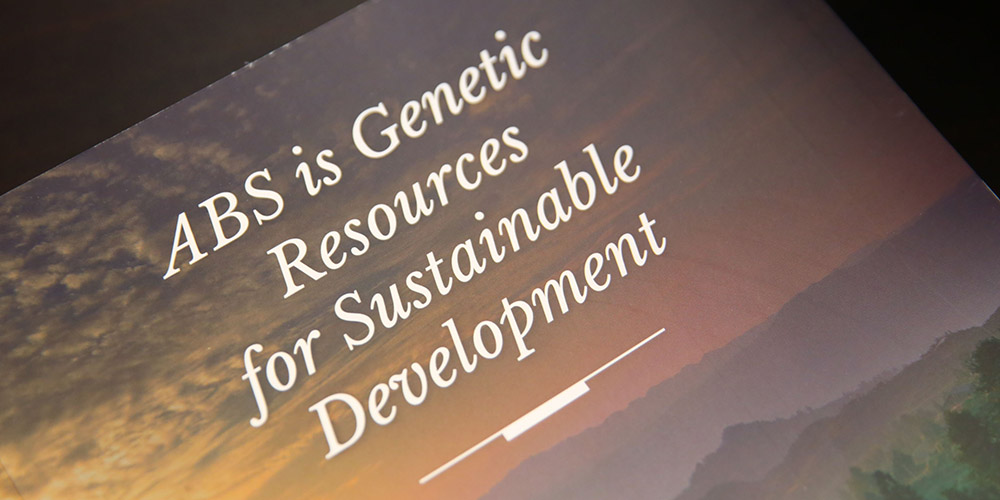

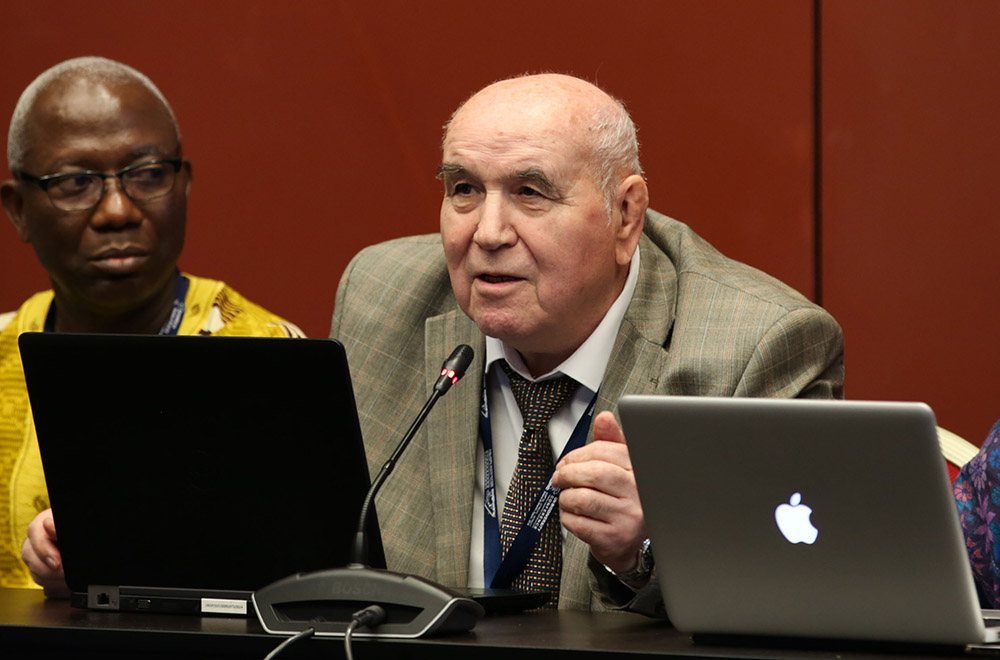
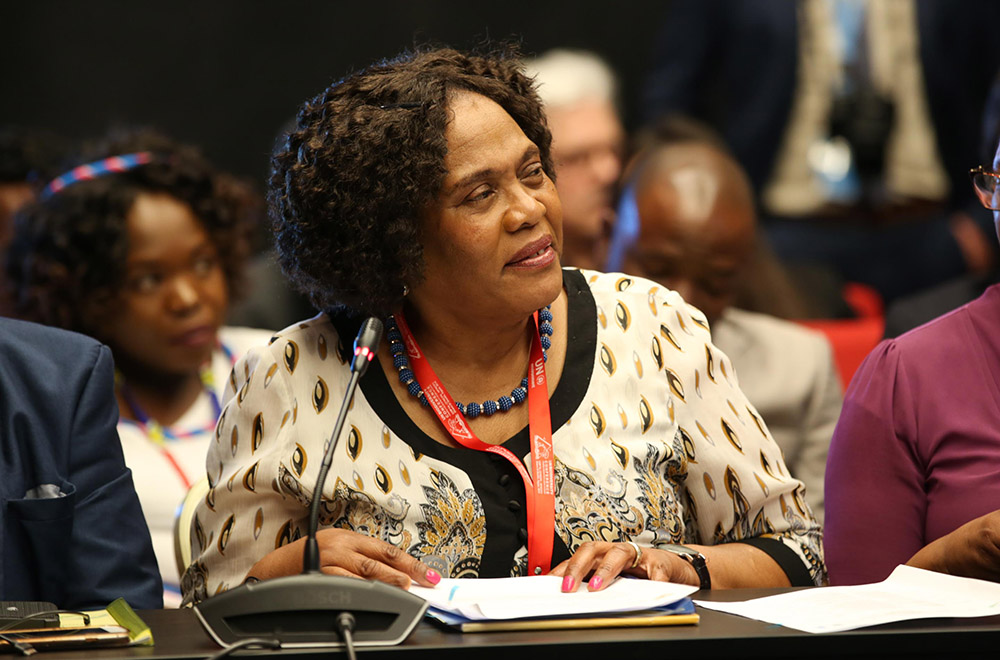
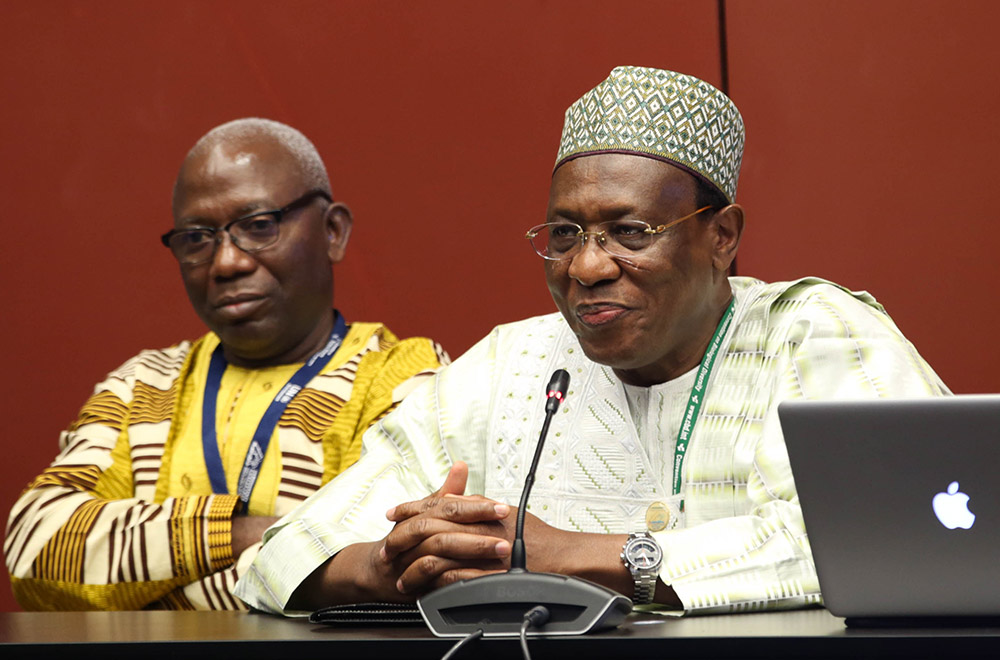
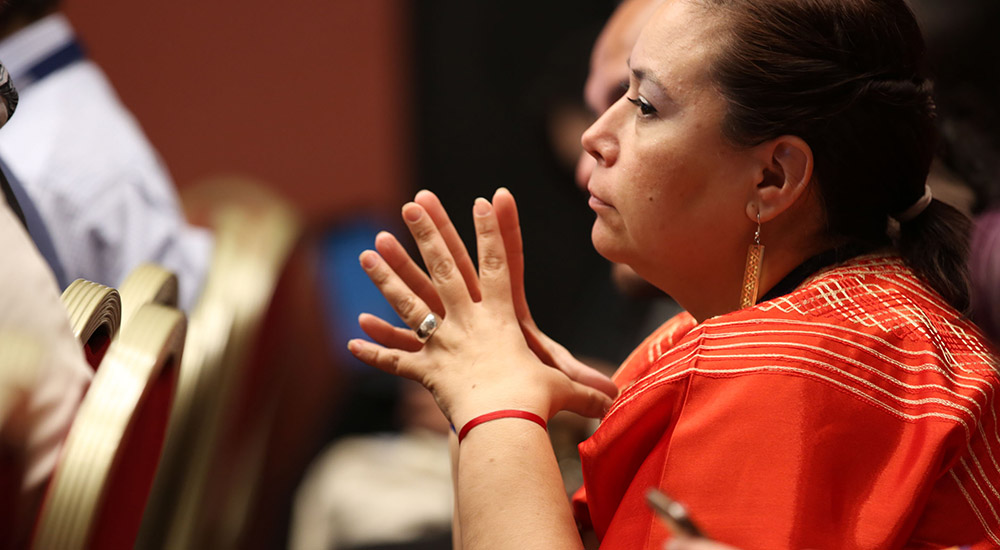
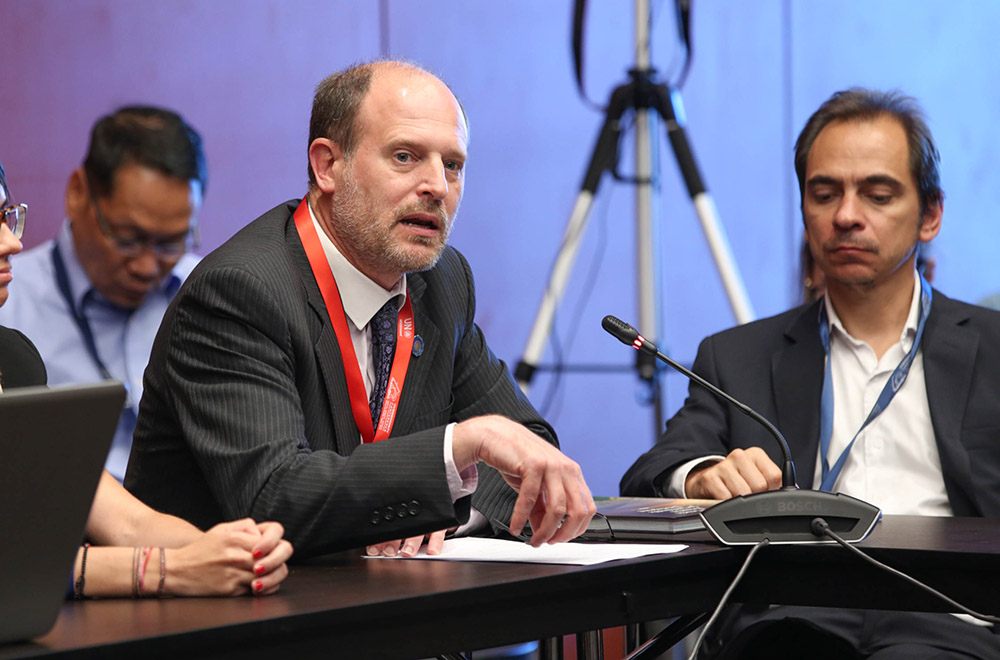
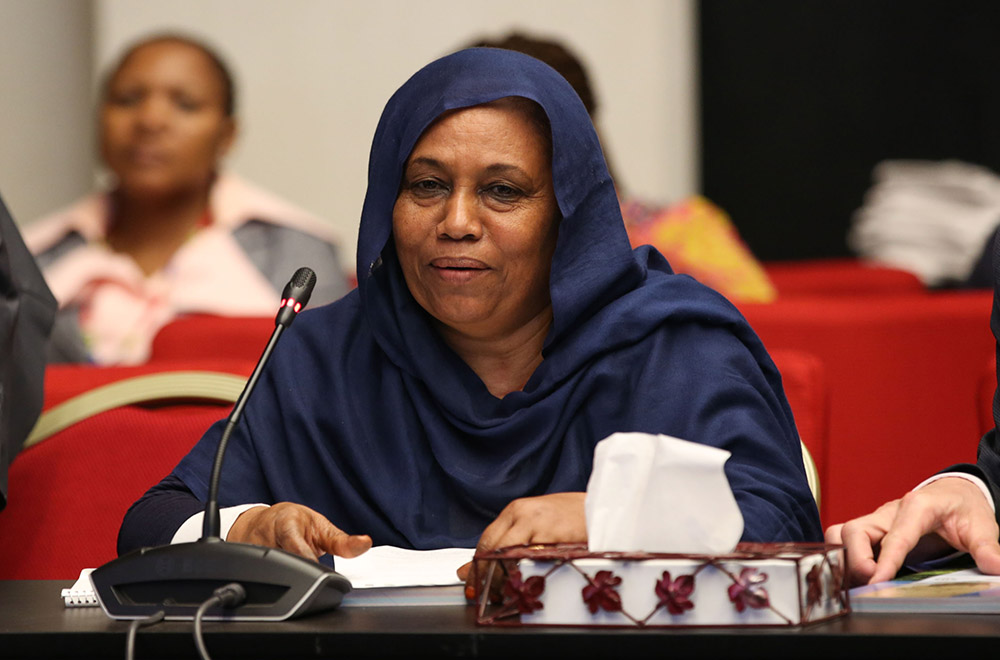
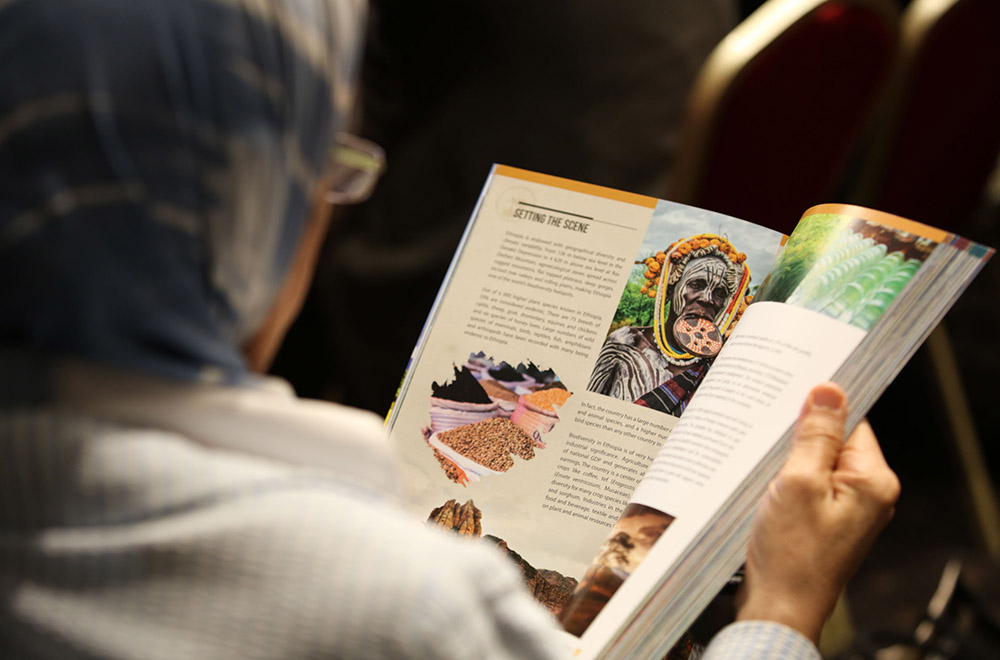
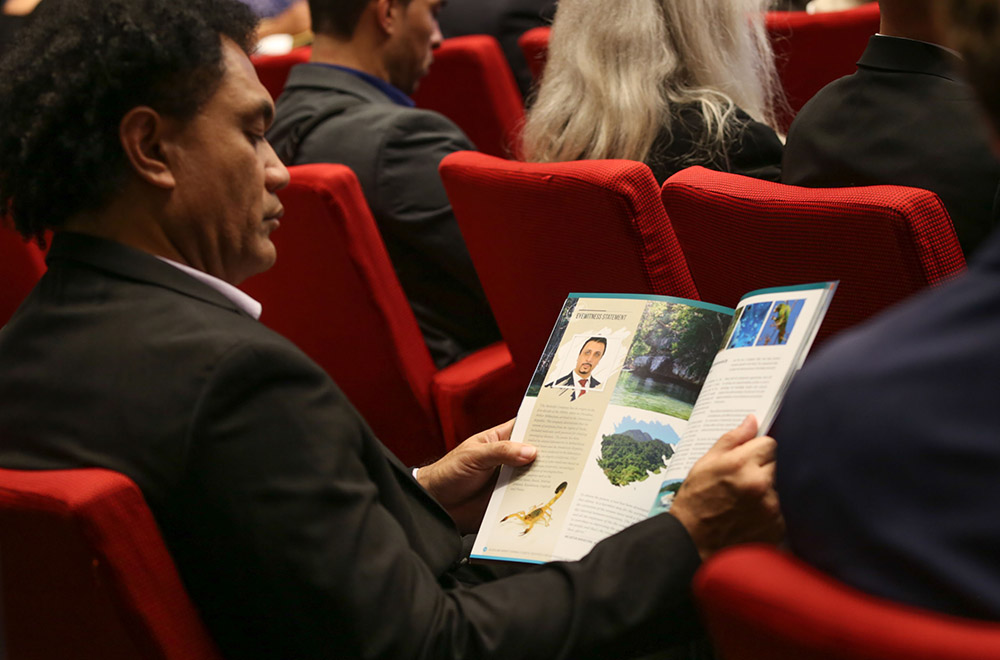
Delegates read the publication “ABS is Genetic Resources for Sustainable Development"
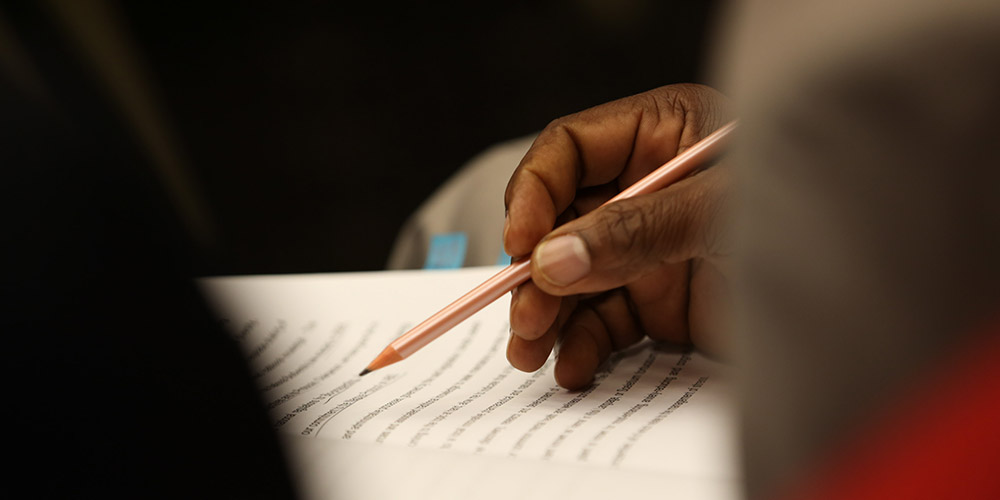
CONTACT
Santiago Carrizosa | santiago.carrizosa@undp.org
Alejandro Lago | alejandro.lago@undp.org
MORE INFORMATION
Around the Venue
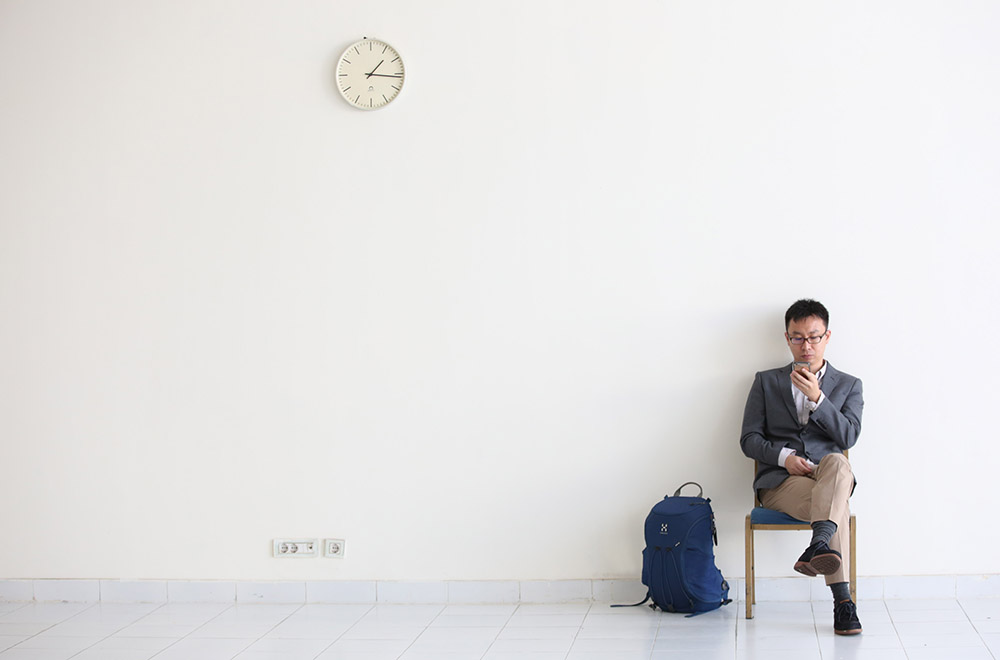
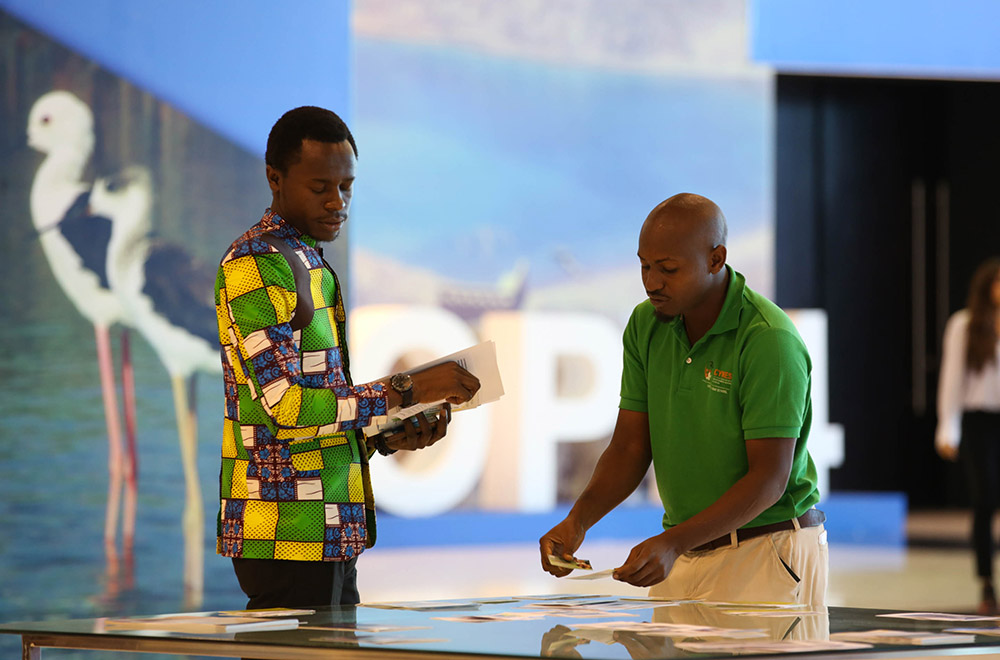

Delegates between sessions
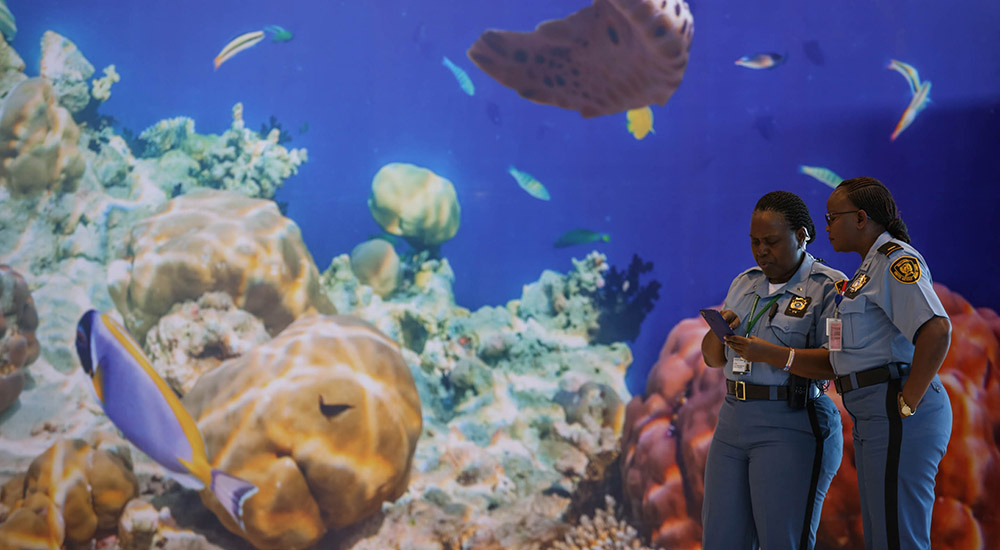
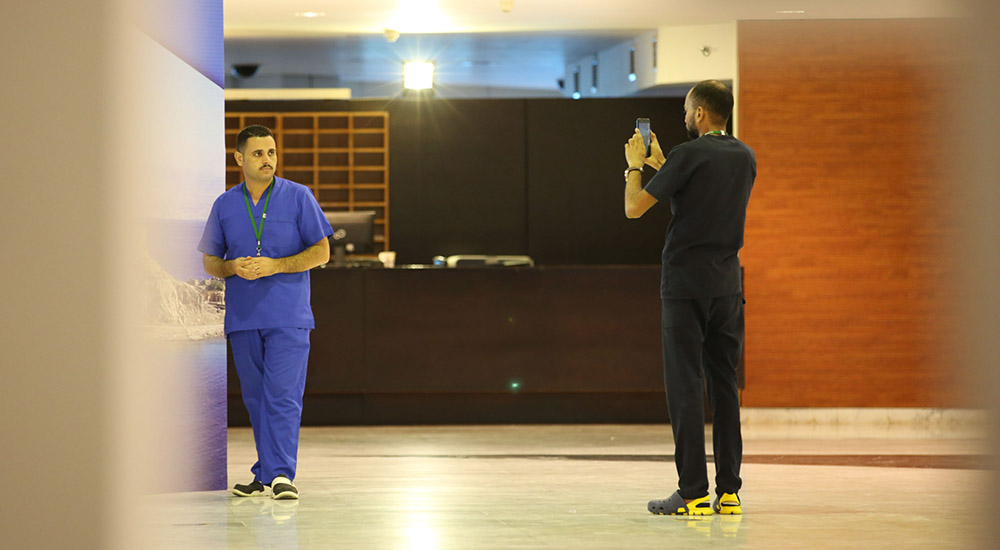


Artwork on display around the venue
